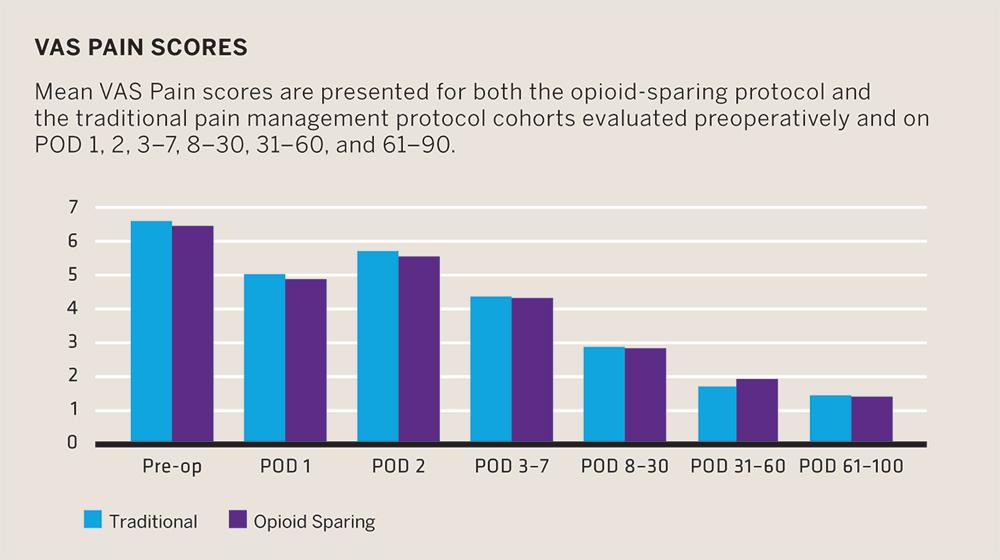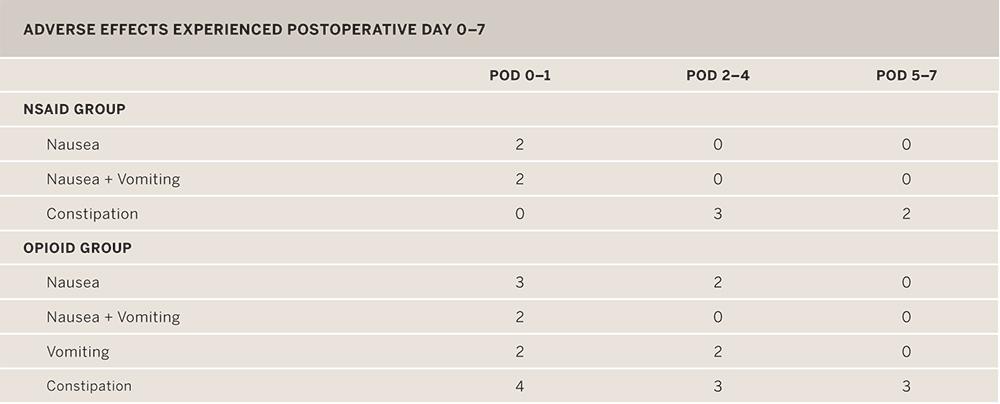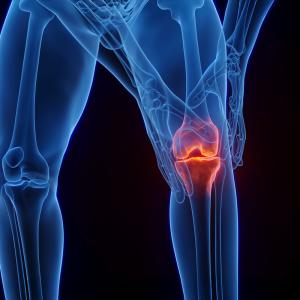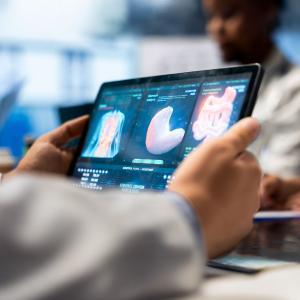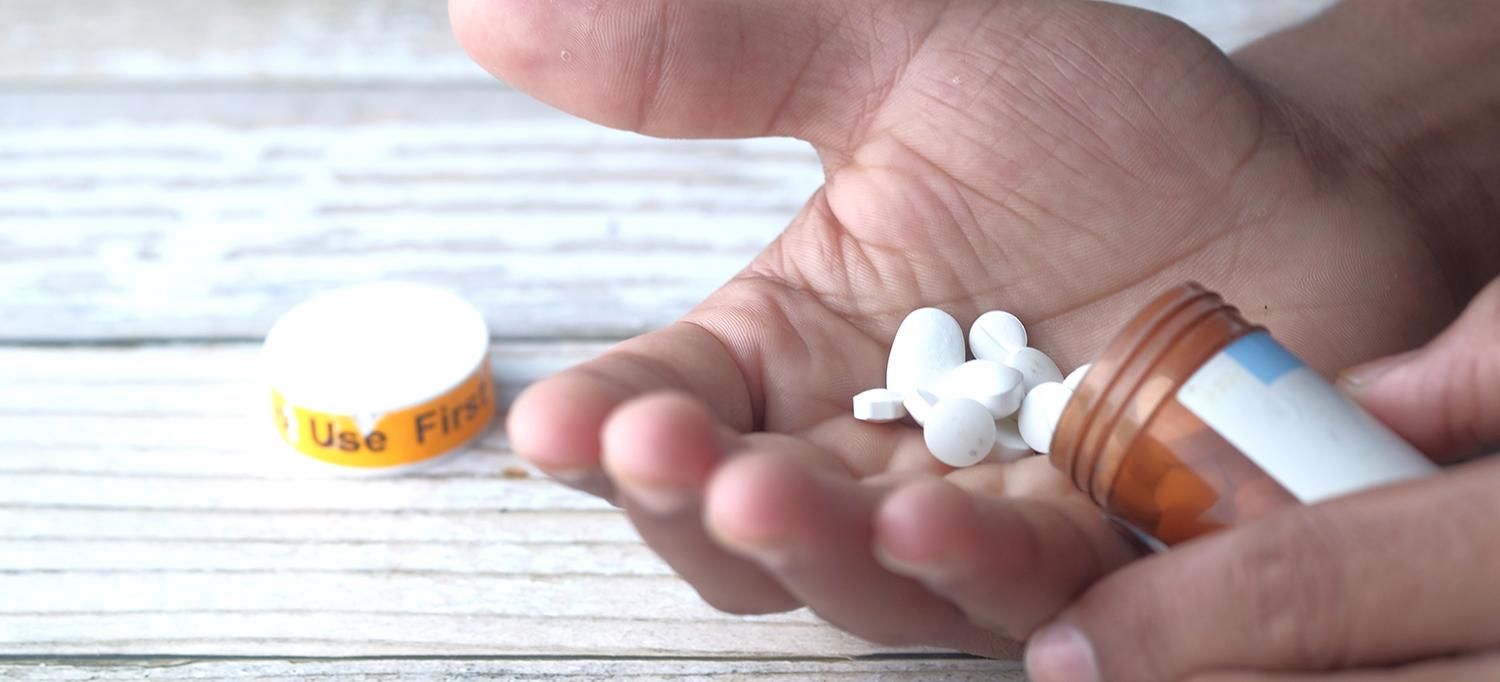
Surgeons at NYU Langone have begun to implement new protocols for reducing opioid prescribing after orthopedic surgery.
Photo: Towfiqu Photography/Getty
Orthopedic surgeons are among the physicians most likely to prescribe narcotics. In light of the current opioid epidemic, it is crucial that all physicians be mindful of their prescribing patterns and minimize narcotic use for different patient cohorts.
Physicians have a moral obligation to manage patients’ pain without putting them at heightened risk for future addiction. Therefore, a comprehensive program to combat the opioid crisis must include both educational reform for physicians and supplementary tools to decrease the use of narcotic drugs. This includes monitoring opioid dosing for avoidable usage and encouraging greater prescribing of naloxone for high-risk patients on chronic opioids.
Doctors at NYU Langone Orthopedic Hospital have been at the forefront of developing pain management protocols that minimize patient exposure to opioids wherever possible. Recently, the Department of Orthopedic Surgery completed an analysis of its opioid-prescribing patterns by physician and procedure type. Based on these analyses, our teams have begun to implement new protocols for reducing opioid prescribing. Following are several examples of this initiative.
Opioid-Prescribing Patterns Among Upper Extremity Surgeons
Physicians in the Division of Hand Surgery conducted a retrospective review of opioid-prescribing patterns for common upper extremity procedures performed at NYU Langone Orthopedic Hospital between January and December 2016. The procedures included carpal tunnel release (CTR), trigger finger release, de Quervain’s release, closed reduction and percutaneous pinning (CRPP) of finger fractures, open reduction internal fixation (ORIF) of distal radius fractures, and flexor tendon repairs. For each case, researchers determined the number of pills and type of opioid prescribed.
After excluding multi-procedure cases, the study included a total of 1,014 cases, with the average number of opioid tablets prescribed for these procedures as follows:
- ORIF of distal radius fracture, 35.79 tablets
- trigger finger release, 32.57 tablets
- flexor tendon repair, 32.5 tablets
- de Quervain’s release, 26.5 tablets
- CRPP of finger fracture, 21.22 tablets
- CTR, 20.58 tablets
The highest number of tablets prescribed for a case was 80, for a trigger finger release and, separately, for an ORIF of distal radius fracture. The lowest number of tablets prescribed was five, for a trigger finger release, a CTR, and a CRPP of finger fracture. The greatest variance in the number of tablets prescribed for a specific procedure was for trigger finger releases.
The study revealed that surgeons prescribe opioids in a highly variable manner, and there are no set guidelines for prescribing pain medication after common hand procedures. Inconsistent prescribing patterns increase patient exposure to opioid medications and risk of opioid dependency for nonmedical use.
Standardization of Pain Management Protocols in Pediatric Orthopedic Surgery
Physicians in the Division of Pediatric Orthopedic Surgery conducted research on the variability in opioid prescription patterns among faculty. This research revealed that in the past there was a large discrepancy in the amount and duration of opioid prescriptions for pediatric orthopedic patients. The research also found that for most orthopedic procedures, children do not actually use large doses of opioids. In response, the division established a standardized pain management protocol for pediatric fractures and commonly performed pediatric orthopedic surgeries. The researchers have found that this protocol ensures patient comfort and increases patient safety.
Opioid-Sparing Pain Management Protocol Following Total Hip Arthroplasty
The national volume of total hip arthroplasty (THA) cases will increase dramatically over the next 10 years. It is essential that hospitals develop pain management protocols that minimize opioid exposure for this growing surgical population.
NYU Langone implemented a novel opioid-sparing pain management protocol for same-day discharge THA. After using the protocol for 15 months, the team conducted a retrospective study to assess outcomes. Patients were divided into two cohorts, those who received a traditional pain management protocol and those who received the opioid-sparing protocol. The two cohorts were compared in terms of opioid usage, pain levels, and functional outcomes for the 90-day period of care. The Hip Disability and Osteoarthritis Outcome Score for Joint Replacement (HOOS, JR) was used to assess functional outcomes, a visual analog scale (VAS) was used to assess pain severity, and opioid usage was quantified in terms of morphine milligram equivalents (MMEs).
No statistically significant difference was observed in HOOS, JR scores between the 2 cohorts at any time point (p > 0.05). While there was a significant decrease in pain scores over time (p < 0.01), there was no statistically significant difference in the rates of change between the 2 pain management protocols at any time point (p = 0.463). Inpatient opioid consumption was significantly lower for the opioid-sparing cohort than the traditional cohort (14.6 ± 16.7 MME/day vs. 25.7 ± 18.8 MME/day, p < 0.001). Similarly, the opioid-sparing cohort received significantly fewer opioids than the traditional cohort during the post-discharge period (13.9 ± 24.2 MME vs. 80.1 ± 55.9 MME, p < 0.001).
The study found that compared with a traditional opioid-based pain regimen, an opioid-sparing protocol can provide THA patients with equivalent pain control and functional outcomes during the 90-day period of care. This protocol may enable hospitals to decrease opioid usage for the THA population. It could also help decrease the risk of adverse events associated with postoperative opioid use.
NSAID–Based Pain Regimen Reduces Opioid Use After Arthroscopic Shoulder Instability Repair
A sports injury can be an introduction to opioid pain medications. To reduce the risk of addiction for injured athletes, surgeons in the Division of Sports Medicine are actively researching opioid-sparing pain regimens.
The team conducted a prospective, randomized control study of patients who underwent arthroscopic shoulder labral repair. The study included patients 18 to 65 years old. Following surgery, patients were prescribed one of two different analgesic regimens:
- Nonsteroidal anti-inflammatory drug (NSAID) regimen: ibuprofen (600 mg every 6 to 8 hours as needed) and 10 tablets of oxycodone/acetaminophen (5/325 mg as needed for breakthrough pain)
- Opioid regimen: 30 tablets oxycodone/acetaminophen (5/325 mg every 6 hours as needed)
The team used a patient questionnaire to evaluate medication usage, VAS pain scores, incidence of adverse events (nausea, vomiting, or constipation), and patient satisfaction. Subjects completed the questionnaire at 24 hours, 48 hours, 96 hours, and 1 week after surgery.
The study enrolled 80 patients with a mean age of 34.3 years between December 2017 and December 2018. There were no significant differences in sex, VAS pain score, or patient satisfaction between the two groups at any time. Patients in the opioid group had a significantly higher mean opioid consumption on postoperative day (POD) 4 (3.8 vs. 2.6 tablets, p = 0.04) and after 1 week (9.8 vs. 5.7 tablets, p = 0.03) compared with the NSAID group patients. Within the opioid group, 50 percent of patients independently chose to add to their opioid medication with an over-the-counter anti-inflammatory to minimize opioid consumption. In the NSAID group, 17.5 percent of patients experienced adverse effects; in the opioid group, 31 to 35 percent experienced adverse effects.
Despite only one significant difference in pain levels at four days after surgery, patients prescribed opioids alone consumed significantly more opioids after one week. Otherwise, there were no differences in pain levels or satisfaction between patients prescribed NSAIDs with opioids for breakthrough pain and patients prescribed opioids alone. Both groups used only limited amounts of opioids to control postoperative pain, suggesting that currently opioids are being over-prescribed after arthroscopic shoulder labral repair.
